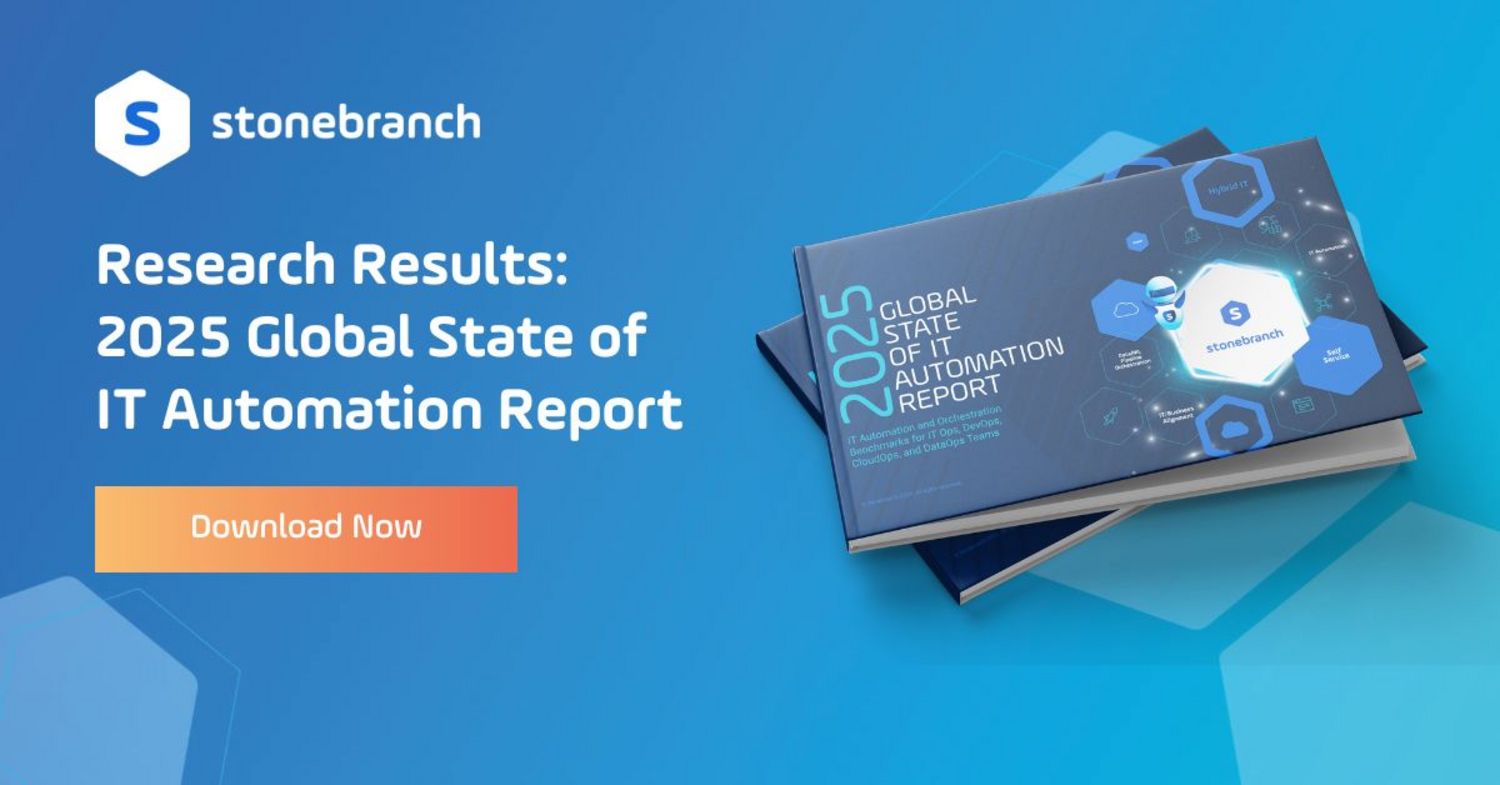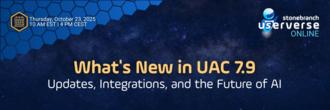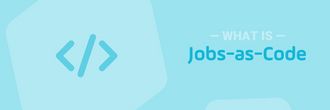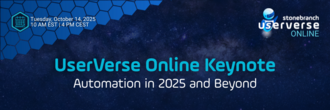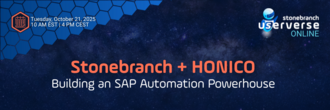Workload Placement Strategies: Unlock the Full Potential of Your Hybrid IT Environment
Achieve maximum business value by orchestrating workloads across on-premises, edge, colocation, and cloud infrastructure.
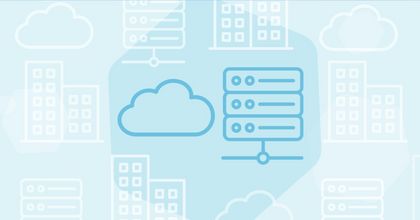
Hybrid placement of workloads is no longer optional for most organizations. According to Gartner in Workload Placement in Hybrid IT – Making Great Decisions About What, Where, When and Why (available to Gartner subscribers), organizations should approach workload placement strategically and will realize the most gain with an optimal mix of on-premises, edge, colocation or cloud infrastructure that delivers strategic, business-critical value.
In recent years, the number of workload placement options has increased due to new cloud, colocation and edge technologies. According to Gartner, there is a need to achieve “optimal workload placements, for the right reasons, at the right place, by the right people, at the right time and in the right sequence.”
However, it can be a challenge for organizations to realize the expected benefits of a hybrid environment if they can’t manage workloads within and between disparate elements. Gartner advises infrastructure and operations (I&O) leaders to “ensure that their workload placement strategies provide clear guidance that maximizes value today and provides the flexibility needed for tomorrow.” Service orchestration and automation platforms (SOAPs) — with their ability to orchestrate and optimize processes across diverse technologies — provide a solution.
The Rise of Hybrid Infrastructure
The diversity of enterprise environments and applications has grown exponentially as companies embrace new cloud-based technologies to go alongside existing on-premises infrastructure. With strategic innovation an imperative at the C-level, there’s no slowdown in sight for this trend. As a result, hybrid IT environments have become the norm across nearly all enterprise businesses.
Significant resources are dedicated to developing and improving new and existing business capabilities as organizations strive to achieve a state of digital business that supports innovation, responsiveness and efficiency in a rapidly shifting, largely unpredictable landscape. Demand for quick results and the democratization of IT have led to important technology decisions that involve workload placement increasingly being made outside the purview of I&O teams.
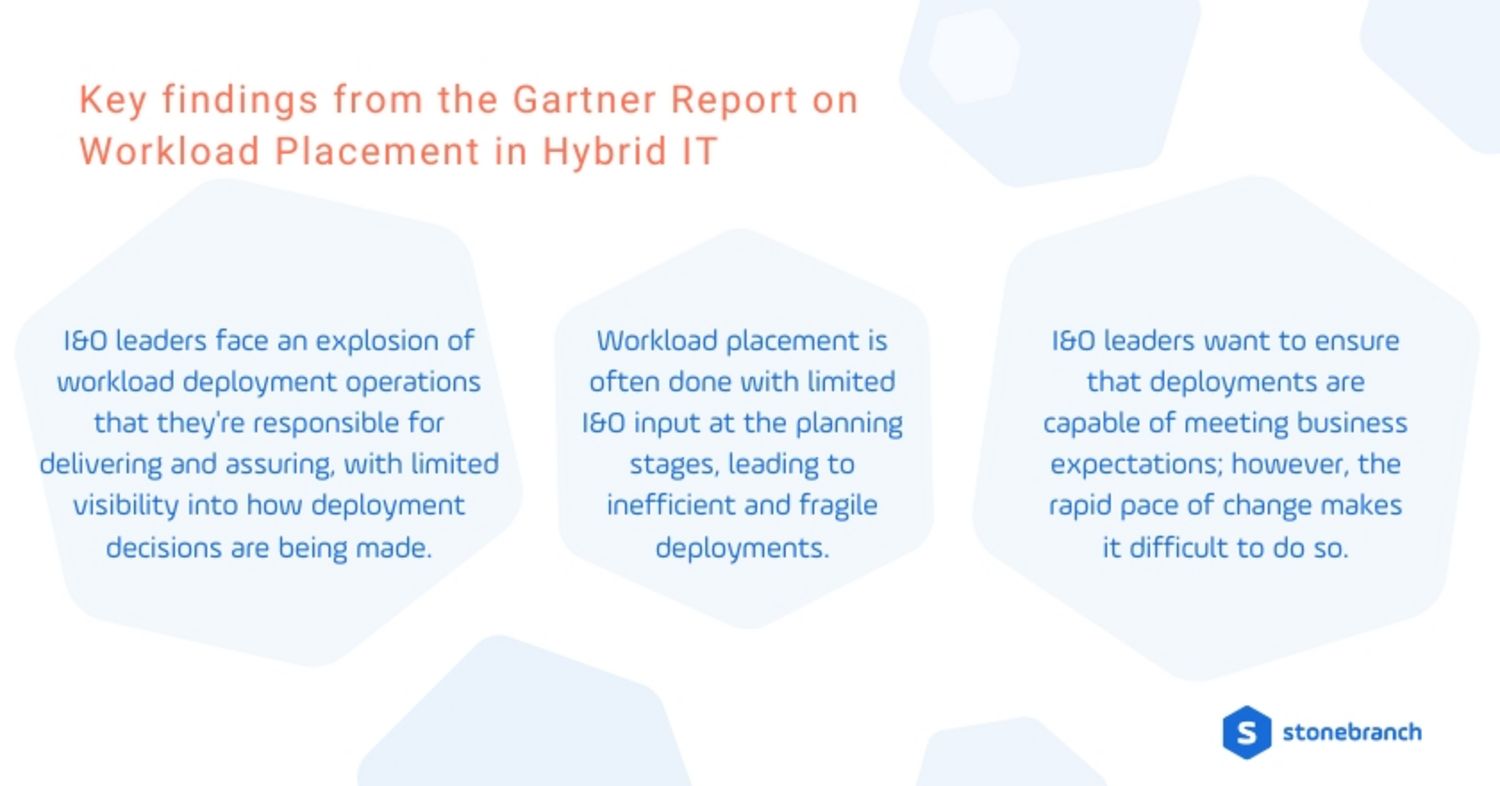
This gap can result in difficulties for I&O and the business. The organization will expect I&O to execute and optimize important initiatives but, without involvement in the planning stages, they’re often unable to do so. Potential effects on business value, cost and risk aspects such as stability and reliability can be overlooked. Unintended results — from cost overruns to a fragile, inefficient deployment to a lack of scalability that fails to meet demand — can disappoint stakeholders and even damage the business.
The Challenge of Cross-Platform Processes
It’s critical that workflows from disparate elements be integrated into enterprise processes. Cloud providers typically offer basic native automation which can batch-schedule jobs running on that platform. These schedulers are not capable of managing complex event-based workflows. Nor do they integrate with cross-platform processes — making them unsuitable to support hybrid workflow placements. Without an overarching solution to orchestrate disparate job streams, cross-platform processes have the potential to fail. Or worse, they could pass inaccurate data.
Gartner advises “Automation and orchestration strategies to embrace and scale event-driven business models and cloud infrastructures continue to evolve. I&O leaders must invest in platforms for service automation and orchestration to deliver customer-focused agility for their cloud, big data and DevOps initiatives.”
SOAPs are the Key to Successful Hybrid Workload Placements
“Service orchestration and automation platforms (SOAPs) enable I&O leaders to design and implement business services through a combination of workflow orchestration, workload automation, and resource provisioning across an organization's hybrid digital infrastructure.”
Gartner introduced the concept of SOAPs in 2020. SOAPs have roots in batch scheduling — going back to the 1970s — but are not to be confused with job schedulers. SOAPs are sophisticated automation solutions that have evolved over the years to keep pace with the sweeping changes in enterprise technology, and their capabilities transcend basic job scheduling.
The ability of SOAPs to orchestrate cross-platform workflows makes them a natural choice to manage hybrid workload placements. They easily manage event-driven and calendar-based processes and can automate allocation of dynamic resources to accommodate fluctuating demand. API-level adapters ensure integration with leading platforms is seamless and transparent.
The six differentiating characteristics of SOAPs are essential to manage hybrid environments:
- Workflow orchestration
- Event-driven automation
- Self-service automation
- Scheduling, monitoring, visibility, and alerting
- Resource provisioning
- Managing data pipelines
Conclusion
Hybrid environments offer powerful benefits when strategically deployed and managed. Sophisticated automation is required to manage cross-platform workflows so that they function smoothly and accurately within larger enterprise processes. SOAPs are purpose-built to orchestrate complex workflows, providing a solution that I&O leaders can apply to hybrid environments to achieve collaboration and optimize resources. Want to see more? Check out these gorgeous cross-platform workflows for inspiration.
Start Your Automation Initiative Now
Schedule a Live Demo with a Stonebranch Solution Expert

